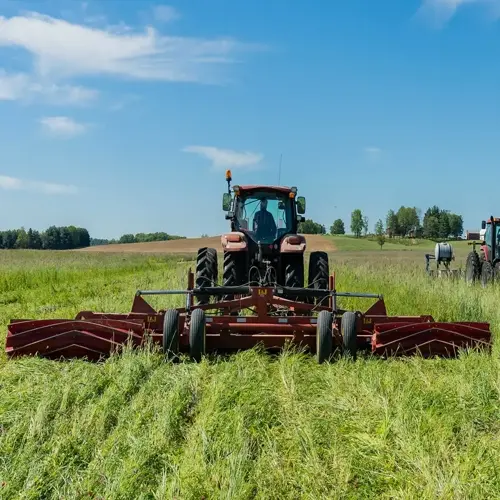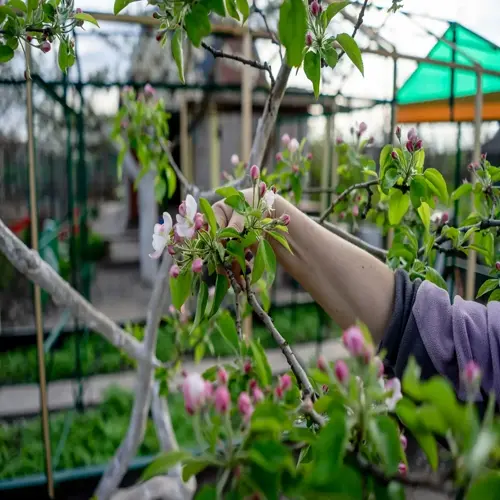How often should drought-resistant plants be watered?

Written by
Benjamin Miller
Reviewed by
Prof. Martin Thorne, Ph.D.Appropriate watering practices promote the growth of drought-resistant plants and efficiency in resource use. Established specimens require deep watering every 10-21 days, in the absence of natural moisture, rather than daily sprinklings. This encourages roots to grow deep, where moisture can be found for a longer period. I have seen gardens live through periods of extreme heat with this practice.
Plant Type Variations
- Succulents like sedum need water every 14-21 days
- Deep-rooted shrubs like lavender require every 10-14 days
- Native grasses survive 21+ days between watering
Seasonal Adjustments
- Increase frequency during establishment phase
- Reduce watering in cool seasons
- Suspend irrigation during winter rains
Soil Impact
- Sandy soils dry faster needing more frequent watering
- Clay soils retain moisture longer
- Amend soil with compost to improve retention
Irrigate between 4-8 AM when the temperature does not exceed 70 degrees. This reduces the amount of water that evaporates into the atmosphere by 50% compared to the amount used during the midday period. Use drip irrigation systems that water directly at the roots instead of with sprinklers, which send much of the water to waste through overspray and wind drift.
Check soil moisture before watering. Insert a finger 4 inches deep into the soil near the roots. Water only if the soil is dehydrated. In periods of heat above 95 degrees for an extended period, prioritize new plantings. Remember that established plants can tolerate temporary wilting, which makes them more drought-tolerant. There are more deaths due to overwatering than from drought.
Use terra cotta pots and moisture meters for container plants. Water-potted specimens are twice as often as those in the ground. Use water-storing crystals in potting soil. During periods of excessive heat, place containers in the afternoon shade to reduce stress.
Read the full article: Top 10 Drought Resistant Plants for Gardens

